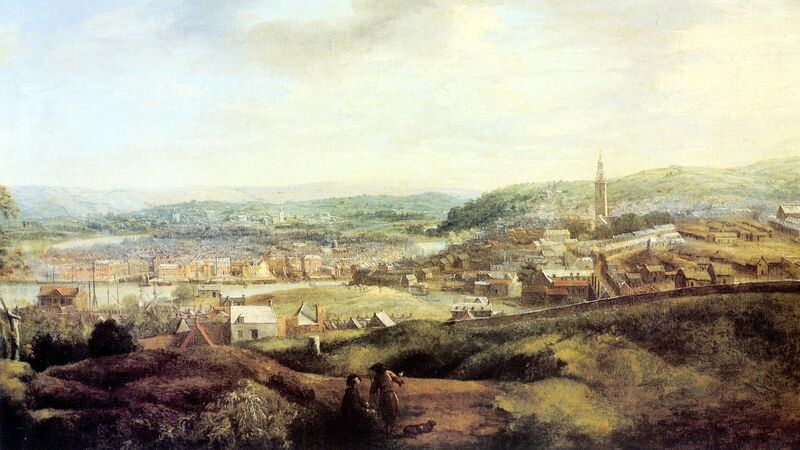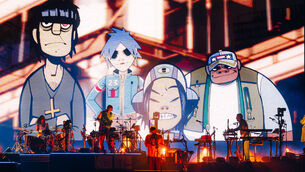Cork In 50 Artworks, No 7: A View of Cork from Audley Place, by John Butts

A View of Cork from Audley Place, by John Butts,
The vista from Bell’s Field at the top of Patrick’s Hill is one of the best-known views of the second city. It featured recently in TV series The Young Offenders, with the protagonists having a heart-to-heart on a bench overlooking Shandon Bells.
Take a first glimpse at John Butts’ A View of Cork from Audley Place, painted in around 1750, and you’d be forgiven for imagining that the two figures in the foreground of the landscape occupy much the same position as Conor and Jock did 270 years later. The positioning of Shandon and the buildings on the quayside, the distant mêlée of the city centre, are the same.







